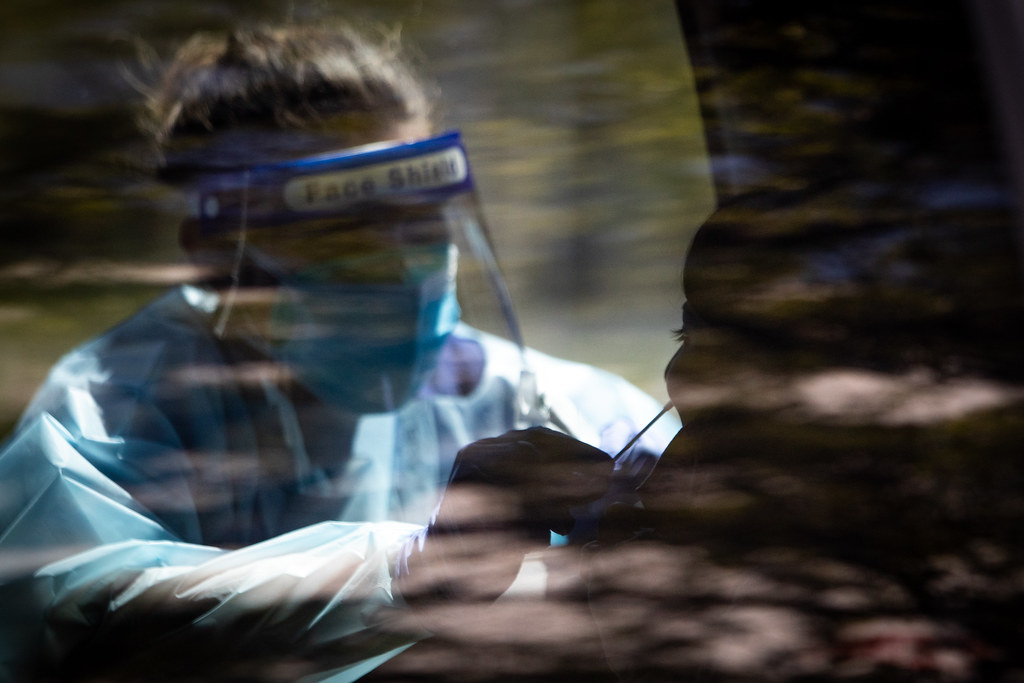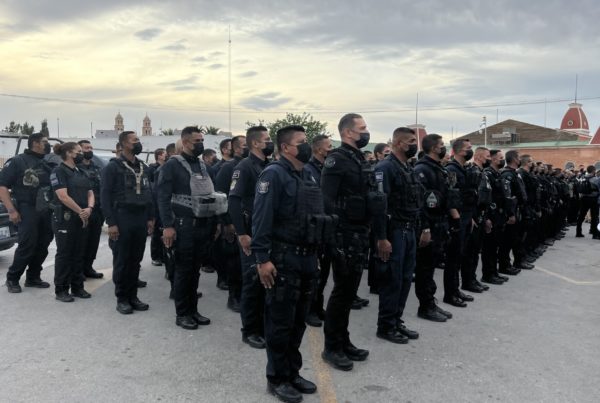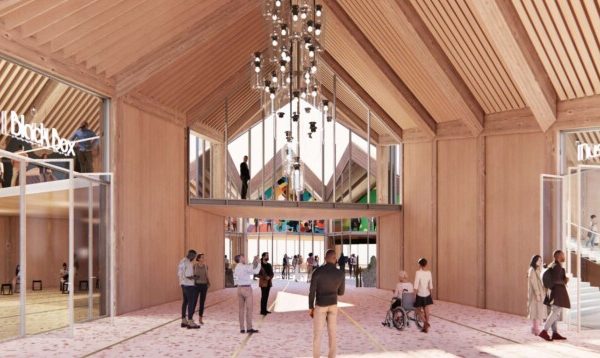COVID-19 has ravaged San Antonio’s predominately Latino and low-income south side. A new special report from the San Antonio Express-News shows a history of poor health care access and preexisting conditions, exacerbated COVID-19’s effect on the south side of San Antonio.
Since the beginning of the pandemic, some zip codes on the south side have had death rates 16 times higher than more affluent areas on the north side of San Antonio, the investigation found. Rates of obesity and diabetes on the south side were already high before the pandemic.
Laura Garcia is a health reporter for the San Antonio Express-News. Listen to the interview above or read the transcript below.
This transcript has been edited lightly for clarity:
Texas Standard: Your reporting shows communities in San Antonio’s south side being hit the hardest by COVID 19. What does that mean, being hit the hardest? Is it primarily mortality rates we’re talking about here?
Laura Garcia: What we found is that since the beginning of the pandemic, there are zip codes on the south side that have 16 times higher death rates than more affluent areas on the north side of San Antonio. So there are huge disparities when you’re looking at south side to north side here in San Antonio. But the death rate in these neighborhoods is also double that of Bexar County, the state of Texas and the nation.
What did you find during the course of your investigation accounted for these huge discrepancies and disparities?
The problem is that there were already very poor health outcomes on the south side before COVID happened. So when you have high rates of obesity, diabetes prevalence, less educational attainment, lower income, you have more people who are working in front line positions where they can’t stay home or work remotely. You just have this situation that’s ripe for hurting these vulnerable people.
To what extent is health care access an issue here?
Huge. There were originally no vaccine clinics set up on the south side. And these are people that have a harder time driving across town to get a shot. So it doesn’t matter that it’s free. It would still not be accessible to them. So the story talks about how there were politicians that worked to get access points on the south side and get it in Spanish.
And it’s not just the access site locations, it’s getting to access sites that have been set up to help people who may not have the means to access health care otherwise.
There are higher rates of folks who are uninsured who are not used to working through the health care system. And it’s been really hard, I think, for people that are on the south side,
It’s my understanding that these numbers we’ve been talking about cover the period from the start of the pandemic to the present. What is the situation like right now? How is COVID 19 currently affecting these communities? And have they been able to get more access to testing and vaccination resources?
I think largely they have been, over the past two years or so. There have been more testing sites and more opportunities to get vaccines. And we see pockets of of the south side that have higher rates of folks who are fully vaccinated, which is great. But still, largely the on the south side, there are fewer people who are that fully vaccinated than the more affluent northern sites where it’s more like 99% of residents who are eligible for the shot are vaccinated. And you have around 50% in some parts of the south side.















